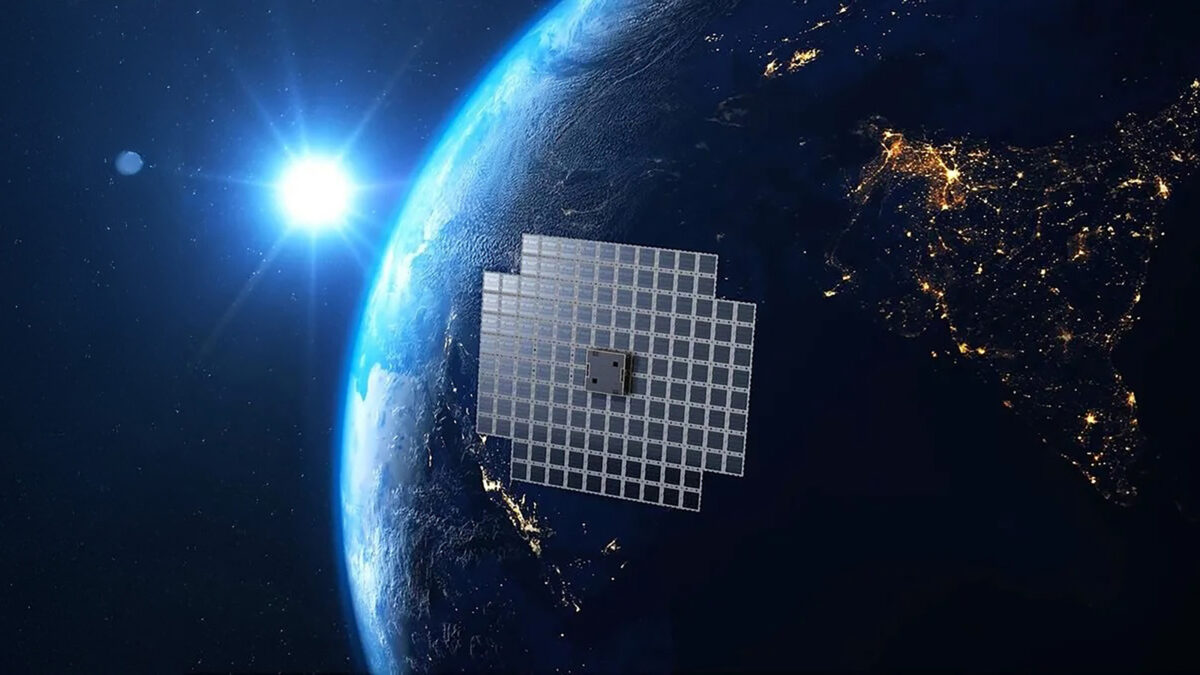By Jonathan O'Callaghan
November 1, 2024
By Jonathan O'Callaghan
October 1, 2024
If all goes as NASA plans, the deorbiting of the International Space Station in early 2031 will be its final chapter, but also the start of a new one in which one or more companies will operate their own stations independently from NASA. But not everyone believes the station should be deorbited then, if ever. Jonathan O’Callaghan examined the differing views and proposed alternatives.
By Moriba Jah
October 1, 2024
By Jon Kelvey
September 1, 2024
While those interested in the question of life beyond Earth were busy parsing data from the numerous spacecraft sent to Mars over the decades, other scientists were advocating for construction of Europa Clipper, an orbiter now awaiting launch on a mission that could determine whether this icy moon deserves to join Mars in the search for life. Jon Kelvey looks at the science at stake as NASA weighs a potential survivability flaw that has complicated this year’s launch plans.
By Moriba Jah
September 1, 2024
By Paul Marks
May 1, 2024
Spaceflight labs in China have devised concepts for Martian rotorcraft, including a quadcopter and an octocopter capable of scouting terrain and gathering samples. The designs could figure into whether China beats the U.S. in the quest to be first to deliver bits of Mars to Earth. Paul Marks analyzed the scientific papers.
By Paul Marks
March 1, 2024
Paul Marks looks at the origin and promise of DiskSats, the flat, circular satellite format that’s edging its way toward reality.
January 1, 2024
NASA and its partners should draw on the success of the James Webb Space Telescope, recent bold thinking in astrophysics observatory architectures, and utilization of the latest commercial space practices to reduce cost and schedule while increasing scientific return of the next U.S. Great Observatory. Former NASA Administrator Daniel S. Goldin makes the case.
By Keith Button
September 1, 2023
A lot can go wrong when you’re trying to collect matter from deep space and bring it home. Your spacecraft could crash-land on its target, as a Japanese spacecraft did in 2005. Your capsule’s parachute could fail and the capsule could slam into the ground, breaking into thousands of pieces, as a NASA capsule did in 2004. Keith Button spoke to the team that aims to deliver bits of the asteroid Bennu home on Sept. 24 without any drama.
By Debra Werner
April 1, 2023
David Voss, director of the U.S. Space Force's Spectrum Warfare Center of Excellence
By Karen Kwon
April 1, 2023
Companies in the U.S. and abroad have big plans to extend the lives of existing multimillion-dollar geosynchronous satellites and equip new ones from the start for servicing. Standardization and regulatory bodies are figuring out how to make servicing a normal part of business. Karen Kwon has the story.
By Jon Kelvey
January 3, 2023
The United States has had multiple dalliances over the decades with in-space nuclear propulsion. The latest resurgence of interest is happening right now, driven by the desire to settle the moon and get humans to Mars. Jon Kelvey looks at the odds of success this time around.
By Keith Button
January 1, 2022
The next version of NASA’s expendable Space Launch System rockets will likely rely on adhesive film rather than metal fixtures to join sections of composite in parts of the structure. Keith Button tells us how engineers earned the trust of designers to incorporate the technique into rockets that will carry astronauts.
By Ben Iannotta
July 1, 2021
By Cat Hofacker
January 1, 2021
Matt Ondler
